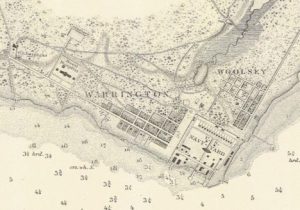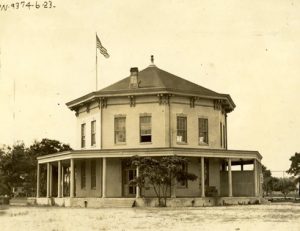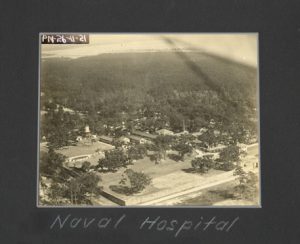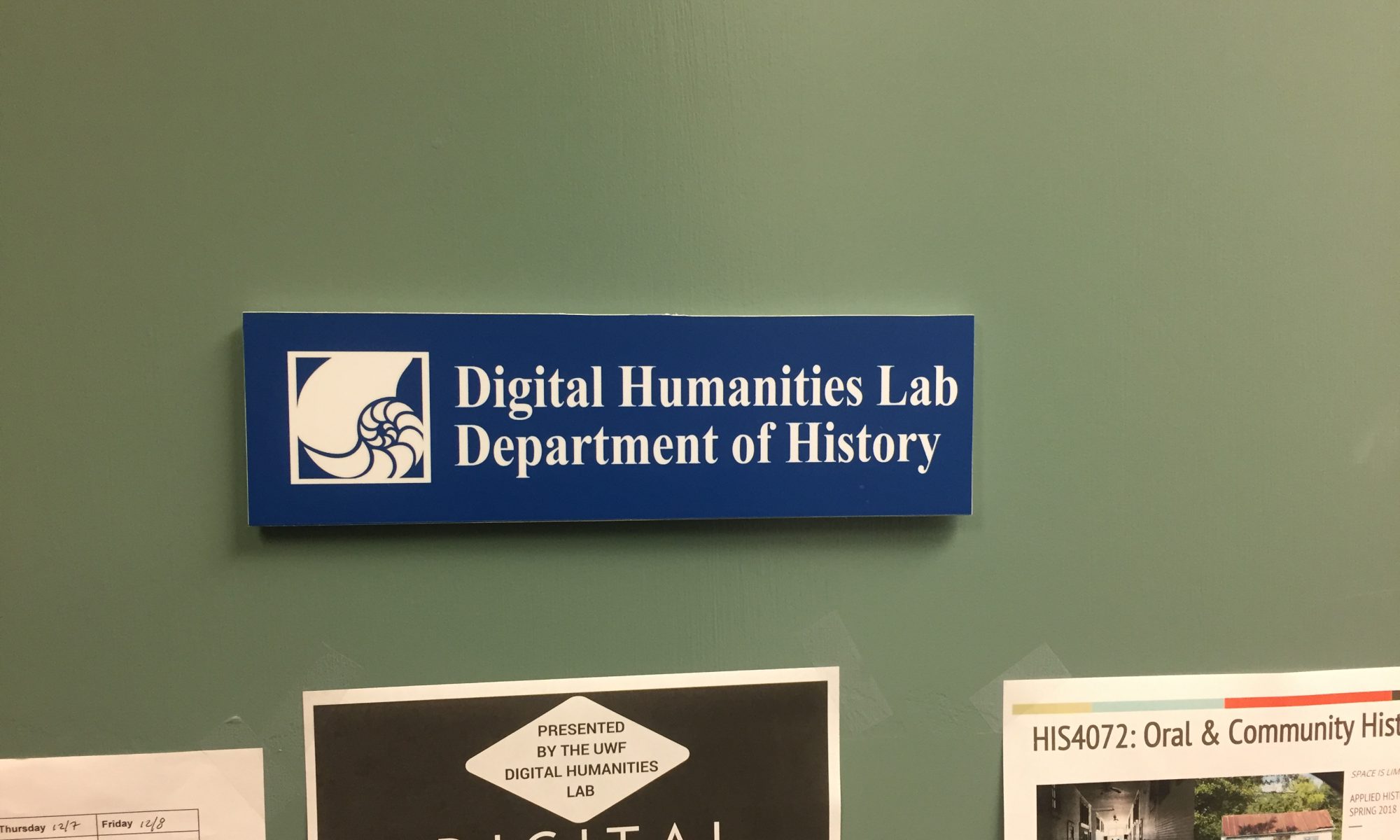
The present Naval Hospital Pensacola sits at 6000 West US-98 in western Pensacola. It does not reside on the Pensacola Naval Air Station, unlike its five predecessors, which lay in or just outside the old Navy Yard All six iterations of the hospital represent Pensacola’s growing need for public health initiatives. Historically, Pensacola’s growing population and trade industry brought diseases into the city, most notably yellow fever. With no hospitals in the city and the introduction of the United States Navy, the construction of a hospital was a vital necessity. The Naval Hospital, constructed in 1826, was the first hospital built since a condemned makeshift Spanish hospital. Due to the rise in patients at the Naval Hospital, a Marine Service Hospital opened in 1854, which served all citizens and sailors. This allowed the Naval Hospital to operate exclusively for military members and the most severe civilian cases.

The first Naval Hospital in the United States opened at the Pensacola Navy Yard in 1826. It temporarily operated in a rented, two-story house before the completion of the permanent building in 1834. The structure, which sat outside the Navy Yard, was a fifteen-acre compound. Urban legend states that a twelve-foot-tall brick wall surrounded the site to keep out yellow fever mosquitos, which many thought could only fly eight feet about the ground. In reality, mosquitos did not get the blame for the spread of the disease until 1894, and the wall merely kept out trespassers. In an 1853 report on yellow fever to the US Navy, an unnamed doctor states his belief that the disease is communicable, meaning it transfers through touch and clothing and the lack of cases at sea also meant it needed favorable atmosphere. The doctor also had yellow fever three times. The hospital moved to another temporary location, now known as Building 16 before two more hospitals appeared on the original compound site. The hospital then moved to a fifth location away from the compound to what is now the Naval Education and Training Command. The US Navy constructed the current hospital in 1978.

The brick wall surrounding the hospital compound is the only extant feature of the hospital complex. The rented house no longer stands, but the buildings used as hospital number three and five are still in use for other purposes. The current hospital services members of the United States Navy. The other locations are now available to members of the military, but not to the public as it is an active military base.
Recommended Readings
“Command History.” Naval Hospital Pensacola. http://www.med.navy.mil/sites/pcola/CommandLeadership/Pages/history.aspx.
Index to the Executive Documents of the House of Representatives for the First Session of the Forty-Eighth Congress. Washington, 1884.
Report of the Sanitary Commission of the Epidemic Yellow Fever of 1853. New Orleans: City Council of New Orleans, 1854. https://books.google.com/books?id=sF4XAQAAMAAJ&pg=PA125&dq=naval+hospital+pensacola&hl=en&sa=X&ved=0ahUKEwjt3uCGmb3TAhUJLyYKHU_aAmc4ChDoAQgiMAA#v=onepage&q=naval%20hospital%20pensacola&f=false.
Featured Image:
Stenberg, James. “Naval Hospital Pensacola.” 2013. DVIDS. https://www.dvidshub.net/image/1060058/future-changes-naval-hospital-pensacola.
Author: Anna Downing
ORCID ID: 0000-0001-9134-4439

